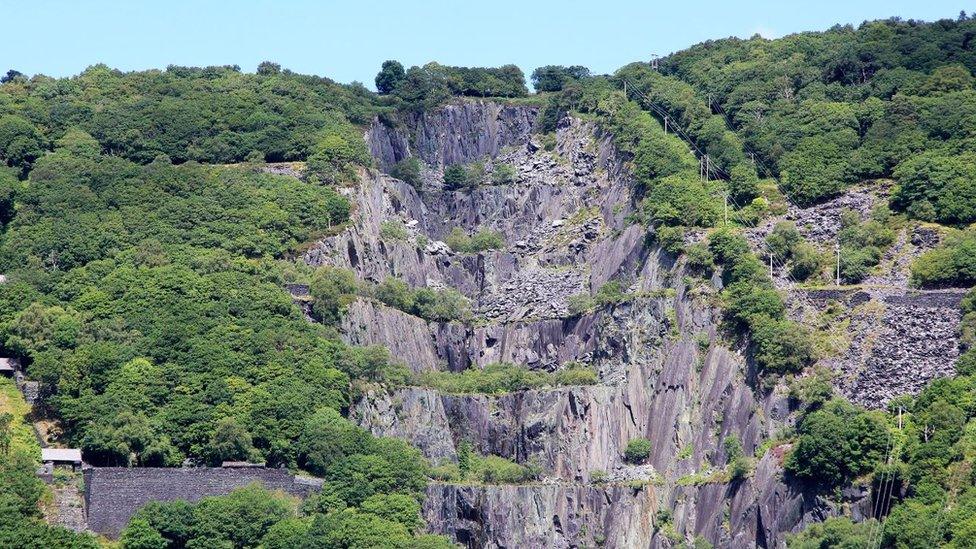Unesco World Heritage: Wales' slate landscape bid for honour
- Published
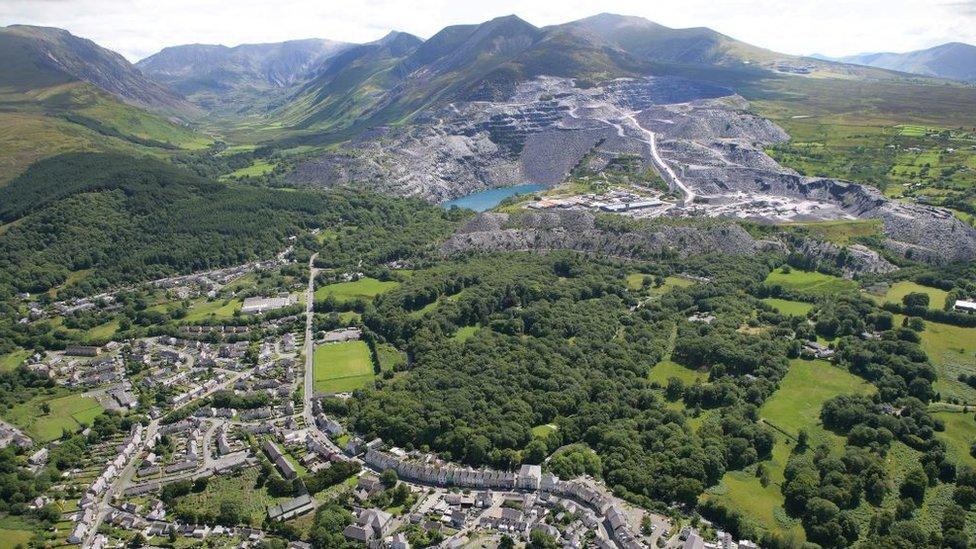
The slate landscape of north-west Wales is the UK bid for a Unesco World Heritage site
An area famed for its slate industry could join Egypt's Pyramids, India's Taj Mahal and Australia's Great Barrier Reef as a Unesco World Heritage site.
The slate landscape of north-west Wales is the UK's bid when the World Heritage Committee meet in China this weekend.
They will review cultural and natural bids from across the world, with an announcement in the coming days.
Prime Minister Boris Johnson has backed the Welsh slate bid as it aims to be the UK's 33rd World Heritage site, external.
He said it was "an area of remarkable uniqueness and breath-taking beauty".
The area of Snowdonia, which runs throughout the county of Gwynedd, is up against nominations including, external the porticoes of Bologna in Italy, the city of Nice on the French Riviera and the Ribeira Sacra region of Spain, which was made famous by wine.
What is the UK's Unesco World Heritage site nomination?
The slate landscape of north-west Wales was announced by the UK government as a World Heritage Site nomination in 2018.
The area that "roofed the 19th Century world"
It is said to have "roofed the 19th Century world" as slate from its quarries was exported around the globe.
Slate has been quarried in north Wales for more than 1,800 years but during the Industrial Revolution demand surged as cities across the UK expanded with slate being widely used to roof workers' homes and factories.
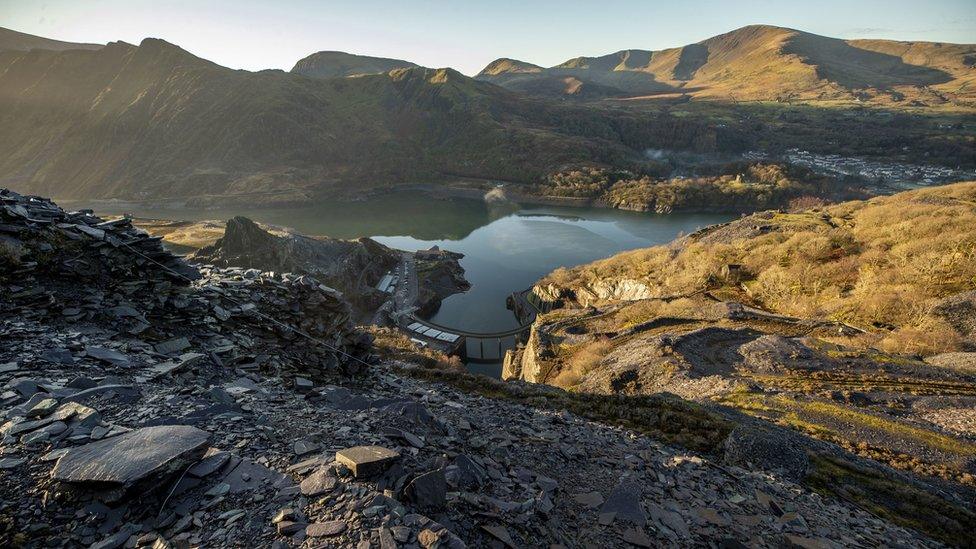
The landscape could become the UK's 33rd Unesco World Heritage site
The landscape became the world leader for the production and export of slate during the 18th Century and, by the 1890s, the Welsh slate industry employed approximately 17,000 people and produced 485,000 tonnes of slate a year.
The industry had a huge impact on global architecture, with Welsh slate used on a number of buildings and palaces across the globe, including Westminster Hall, the Royal Exhibition Building in Melbourne and Copenhagen City Hall in Denmark.

Dinorwig slate quarry in Snowdonia provided a dramatic back-drop for the volcano scenes in the film Clash of the Titans
"The slate industry is an iconic feature of north Wales, and of the Welsh nation as a whole, and has been of overwhelming importance in shaping our social and economic landscape," said industrial archaeologist Dr David Gwyn, who is part of the bid team.
"It was not only slate that was exported. Gwynedd slate quarries also exported people, skills, knowledge and technology around the world, and in turn, learned from them and their industries.
"The narrow-gauge railways were a crucial part of the slate industry and their designs and engineering were copied worldwide."
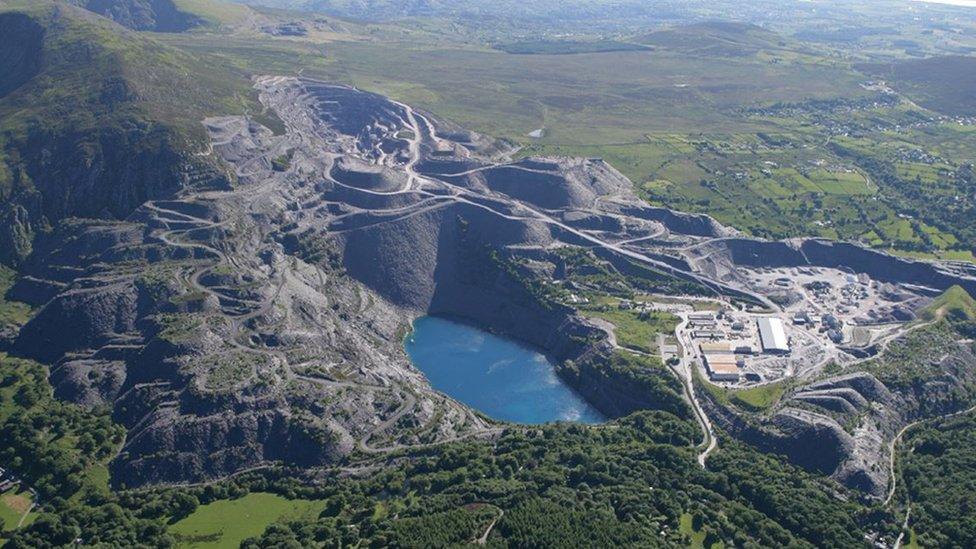
Penrhyn quarry in Bethesda forms part of the slate landscape of north-west Wales
The UK bid says, as well as the international demand for Welsh slate, between 1780 and 1940 the area of Gwynedd was also home to a number of "ingenious developments in quarrying and stone processing" and was a world leader in mountain railways.
The council-led bid includes six sites within the county of Gwynedd and Snowdonia National Park.
Penrhyn slate quarry, Bethesda and the Ogwen Valley to Port Penrhyn
Dinorwig slate quarry mountain landscape
Nantlle Valley slate quarry landscape
Gorseddau and Prince of Wales slate quarries, railways and mill
Ffestiniog's slate mines, quarries, "city of slates" and the railway to Porthmadog
Bryneglwys slate quarry, Abergynolwyn village and the Talyllyn railway
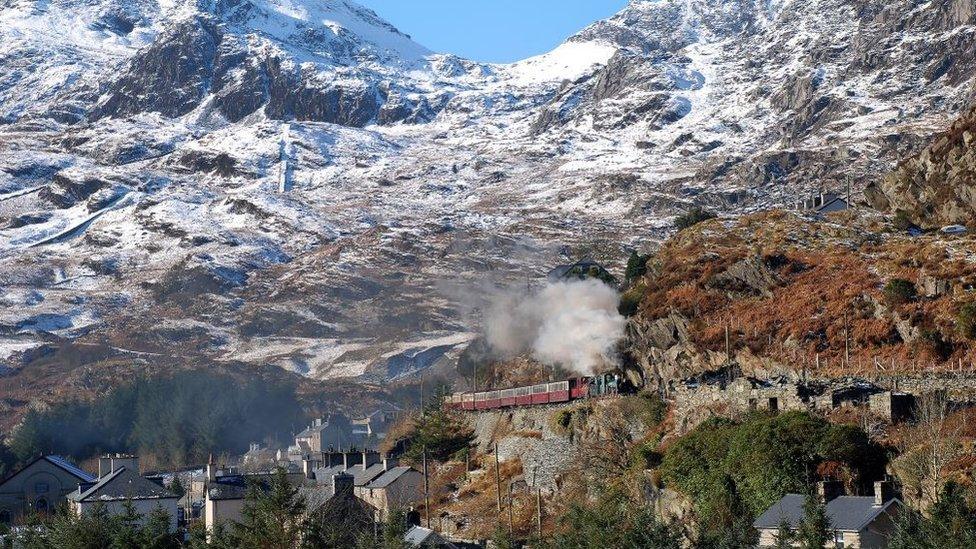
The Ffestiniog Railway is the oldest independent railway company in the world - being founded by an Act of Parliament in 1832
"The landscape of today has been transformed on a monumental scale due to hundreds of years of mining in the area," the UK government bid said.
"The nomination to Unesco reflects this and the international significance of Welsh slate in 'roofing the 19th Century world'.
Where are the UK's Unesco World Heritage sites?
Liverpool hit the headlines last week after it was stripped of its World Heritage status after a UN committee found developments threatened the value of the city's waterfront.
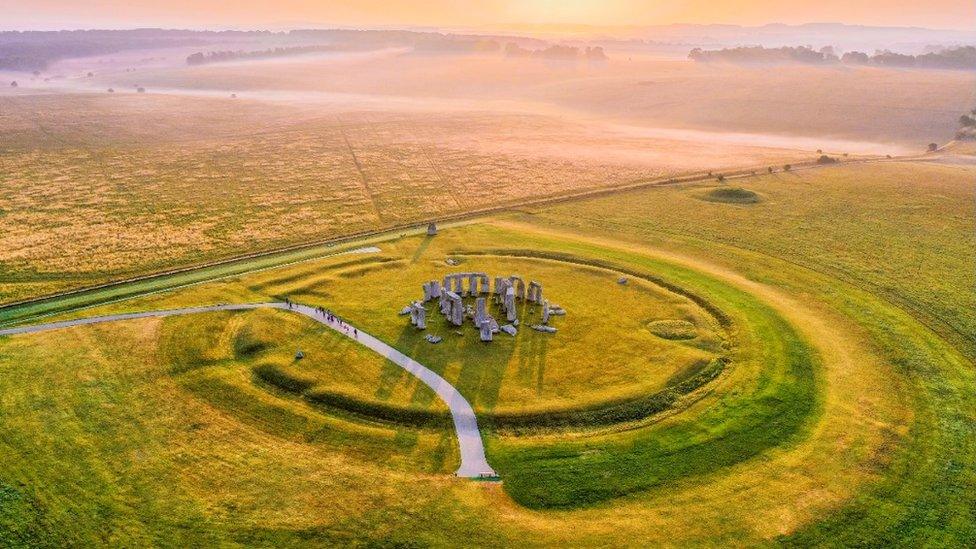
Stonehenge in Wiltshire is among the most famous groups of megaliths in the world
The UK has 32 remaining World Heritage sites including Stonehenge, the Tower of London, Palace of Westminster and Westminster Abbey, The Lake District, Maritime Greenwich and Hadrian's Wall.
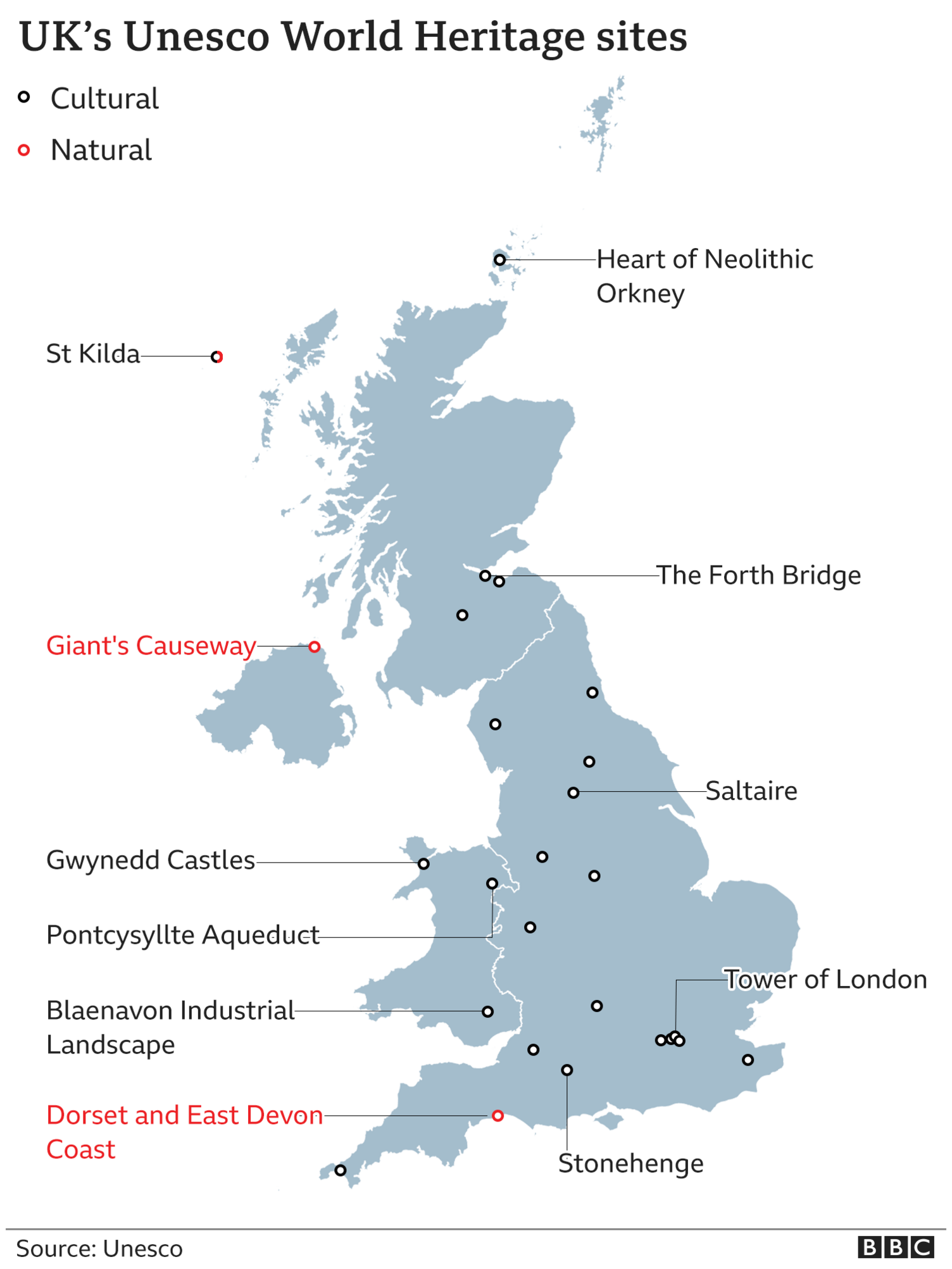

Where are Wales' Unesco World Heritage sites?
Wales has three World Heritage sites and one of those, like the slate landscape which is bidding for the status, is also in the north-west.
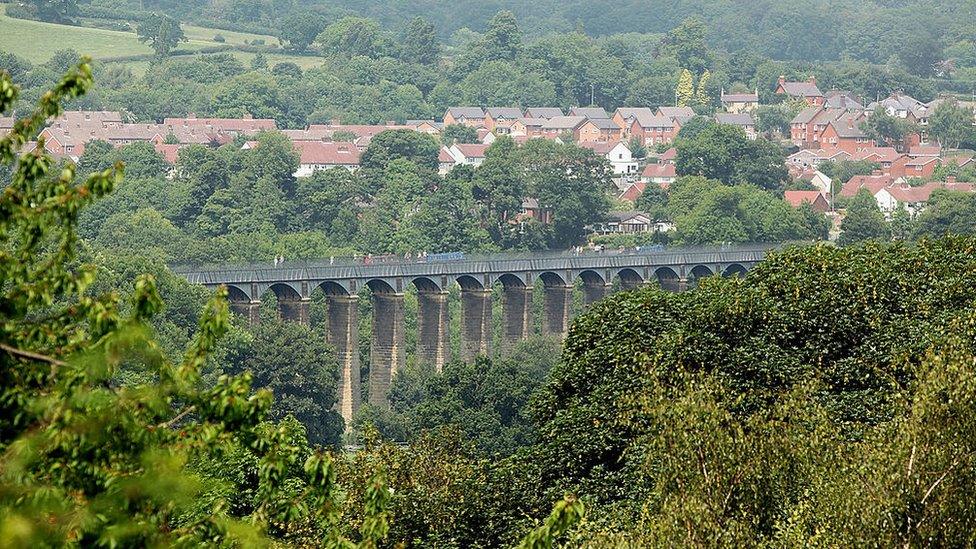
The Pontcysyllte aqueduct and 11-mile canal was designated a World Heritage Site in 2009.
The castles and town walls of King Edward in Gwynedd, external was among the first sites in the UK to join the list when it was inscribed in 1986 alongside Stonehenge, Ironbridge Gorge, external in Shropshire and Durham Castle and cathedral, external.
Unesco said the four castles of Beaumaris, Conwy, Caernarfon, Harlech and the attendant fortified towns at Conwy and Caernarfon "are the finest examples of late 13th Century and early 14th Century military architecture in Europe".
The video invitation ends by asking: "Just answer the question, Jeremy, yes or no?"
Wales' other Unesco sites are the Pontcysyllte Aqueduct, external - the highest canal aqueduct in the world - which spans the River Dee in Wrexham county and Blaenavon industrial landscape, external in Torfaen.
What are the most famous Unesco World Heritage sites?
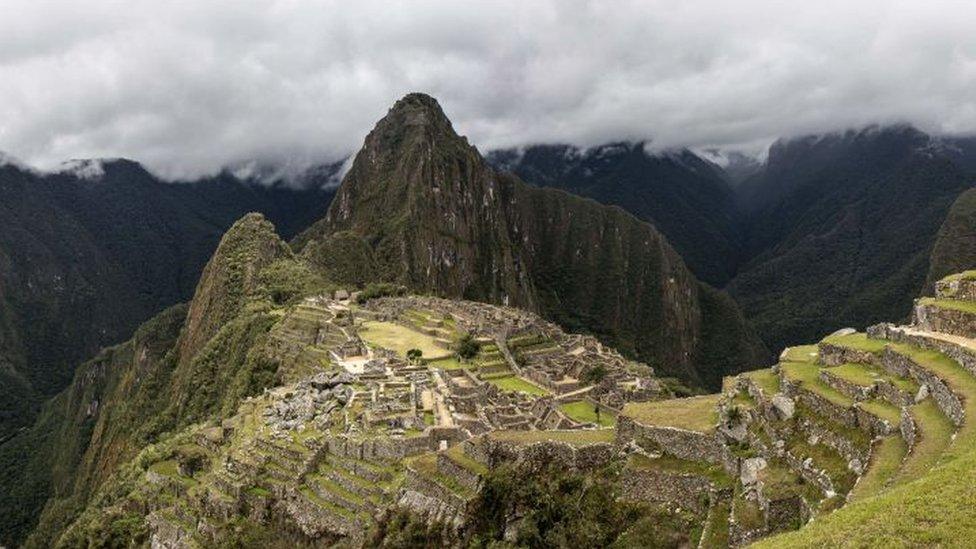
Machu Picchu was inscribed on the World Heritage List in 1983
There are 1,121 historical significant sites in 167 countries across the world that been inscribed on the list.
Machu Picchu, external in South America, the Grand Canyon, external in the United States of America and the Great Wall of China, external and the Galapagos Islands, external are among those on the list.
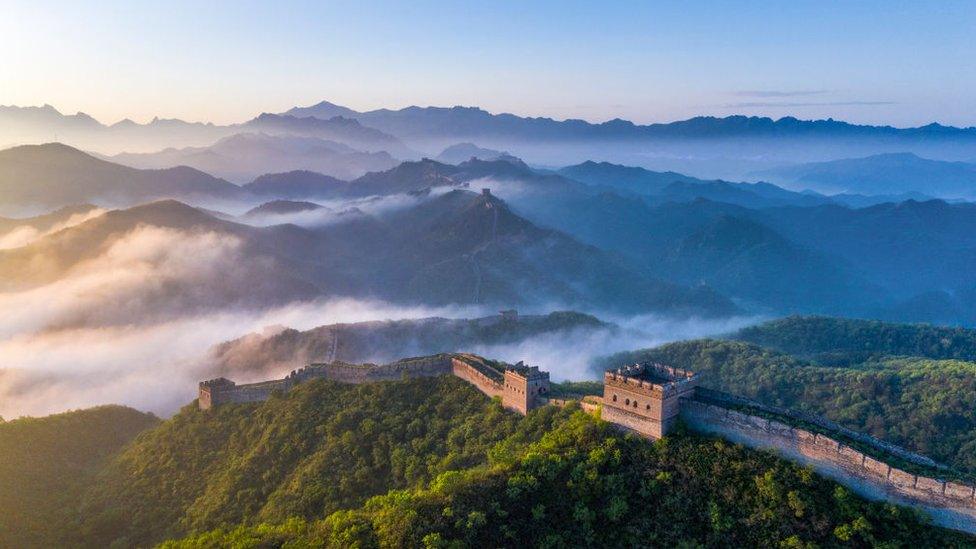
The Great Wall of China was inscribed on the World Heritage List in 1987

EXPLORE WALES FROM HOME: Join Iolo Williams for a guided tour of Pembrokeshire’s hidden gems
WALK THE WELSH COASTAL PATH: 900 miles of the most picturesque coastal locations to visit this summer

Related topics
- Published21 July 2021

- Published24 January 2020
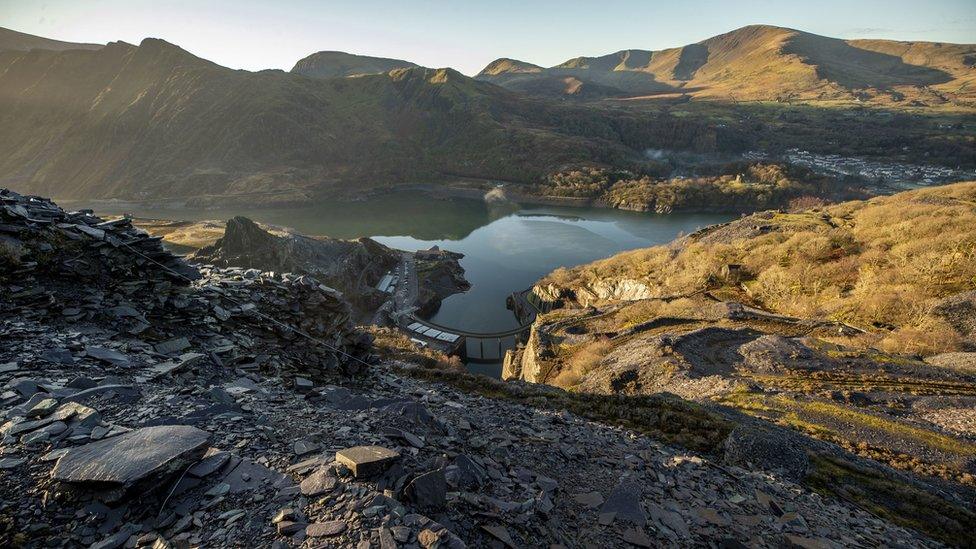
- Published18 August 2019
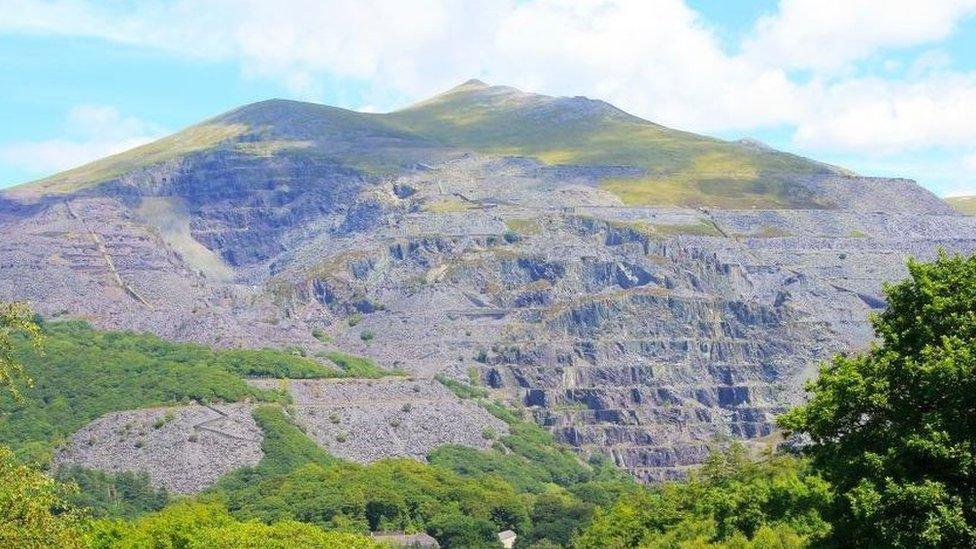
- Published23 October 2018
